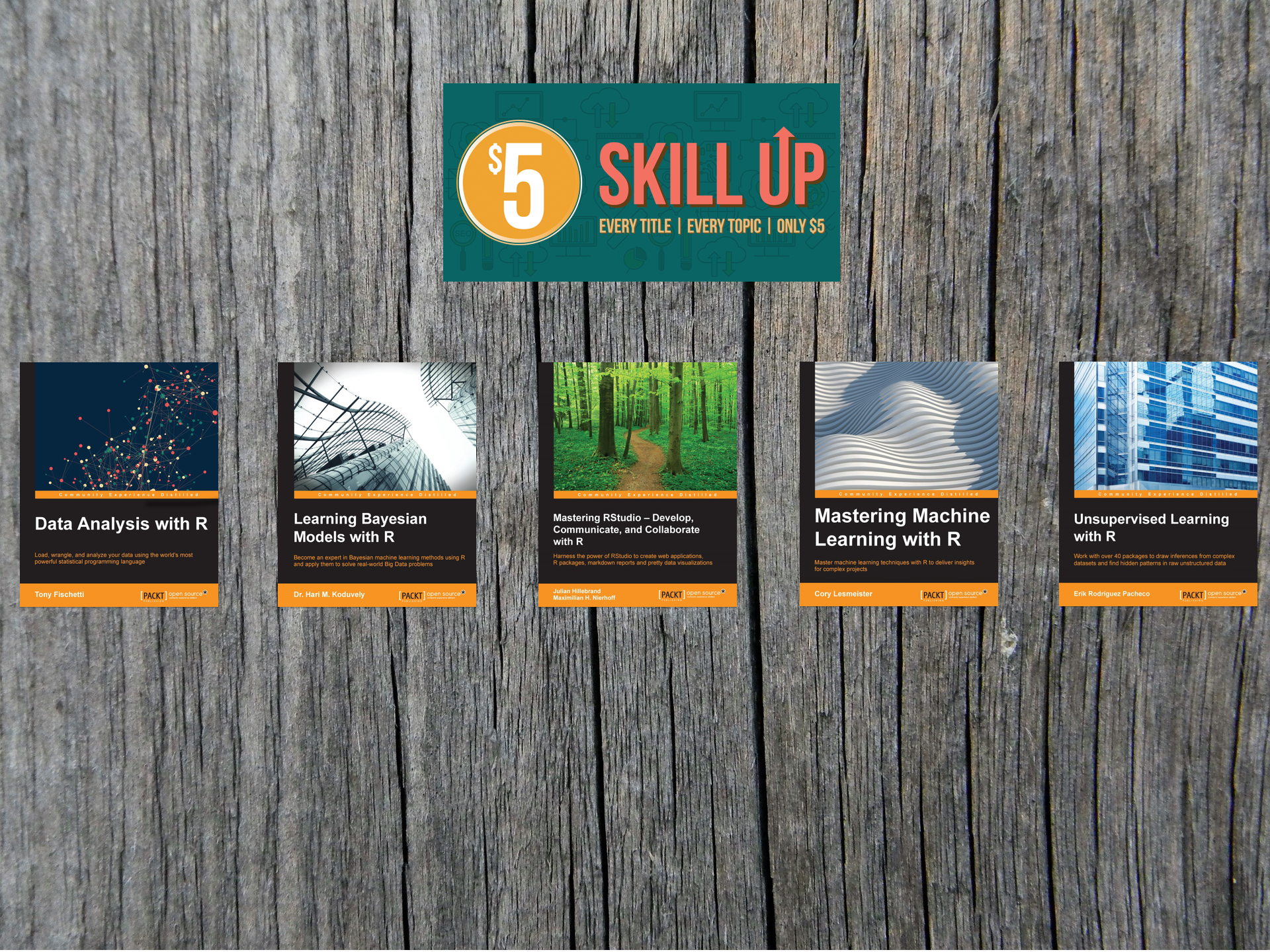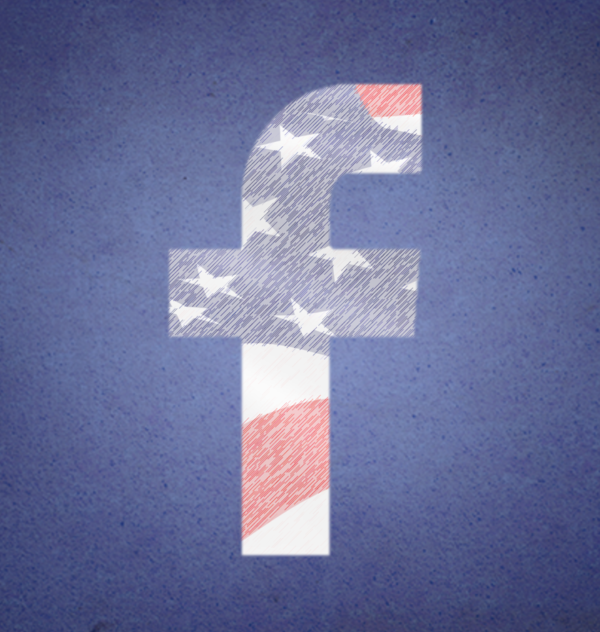Most articles explaining Big Data start with concepts of the V´s which characterize this new buzzword. Volume, Variety and Velocity or even more are mentioned.

Then they mostly go on and talk about all the new opportunities these new unstructured data sources bring for businesses. They mention cost reduction, decision improvements or improvements in products and services. And how Big Data can for example improve the marketing of the telecommunication industry by using the new data to identify influential customers who can influence their „tribe“. Or how supply chains can be improved with the help of ILC (identification, location, condition) sensors which can measure the condition of goods or variables as light, temperature, tilt angle, g-forces or even whether a package has been opened.
And I think all this is true. These are the opportunities which can be derived from Big Data. But all these definitions are missing something: People.
The word data makes the focus shift on technology. It seems like companies in the future will just consist of cloud accounts and their main business decision is what Hadoop distribution to use. We don´t know how Big Data and the integration of external data sources will affect organizational structures. We can assume that probably centralized capabilities will be best but we just do not know yet.
Big Data and Customers: Customer-Relationships

But we do know that in the future the most important success factor for companies will remain customer-relationships. We can see this at the current leaders in making use of information from Big Data. Companies like Amazon or Netflix became leaders in analytics not just because of their huge amount of data. They were ahead of understanding business and customer-relationships. But they still kept in mind that data is just a tool to connect better to customers and to better understand the needs of customers.
Industry Examples:
Amazon.com for example created 14 different versions of it´s new video streaming platform. These were tested with real users and after analyzing the huge generated user interaction data, they could choose the 5 final ones.
Another example could be PepsiCo. They created the so called „Learning Lab“ for video analytics and focus on analyzing why people grab the six-pack Pepsi Cola of the shelf instead of other brands. What was their motivation? Was it good placement? Was it the price?
Or look at LinkedIn and how they connected Big Data and customers. They had the problem that there was quite a huge amount of people who did not visit the network on a regular base.
So they started to send „We are missing you” emails. I think these emails are sent by every network to inactive users. But as in all the other networks these standard emails are not successful. So LinkedIn created the “People You May Know“ feature and started to send emails with a list of people the receiver could probably know because of his work. And this feature increased the click-through rate by more than 30%!
Conclusion:
To conclude, Big Data has a lot of opportunities and a very high potential to change every part in the most industries. But we should not forget that the future is not about data, it is still about people. Data can be used to understand customers better or to identify networks of customers and influencers. So Big Data will help to make more use of social data by combining internal and external, structured and unstructured data sources to improve customer-relationships.













